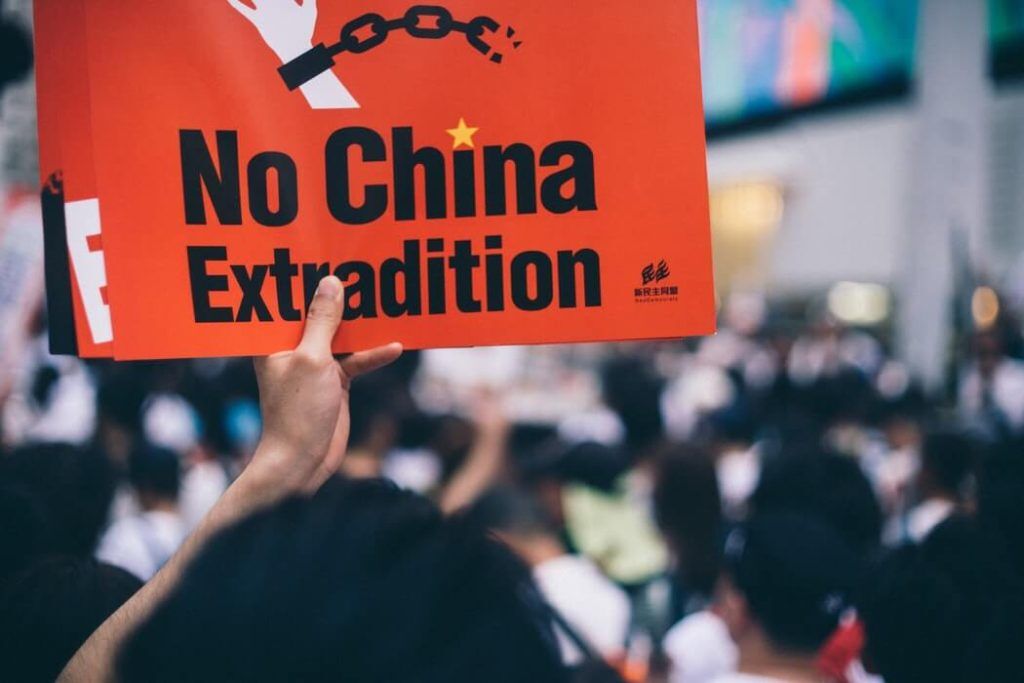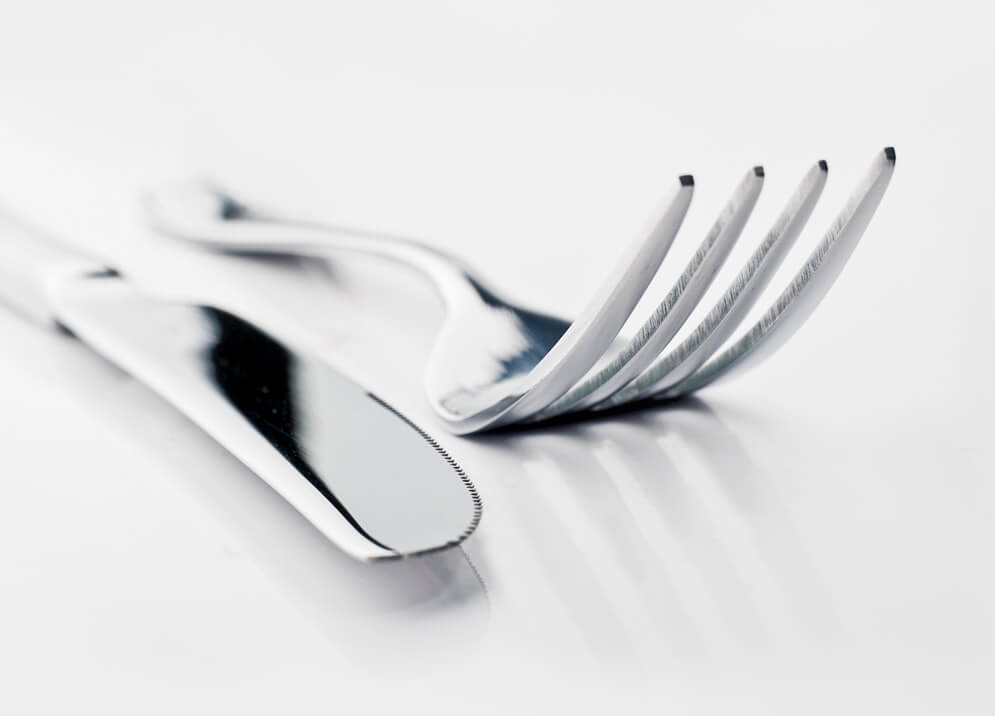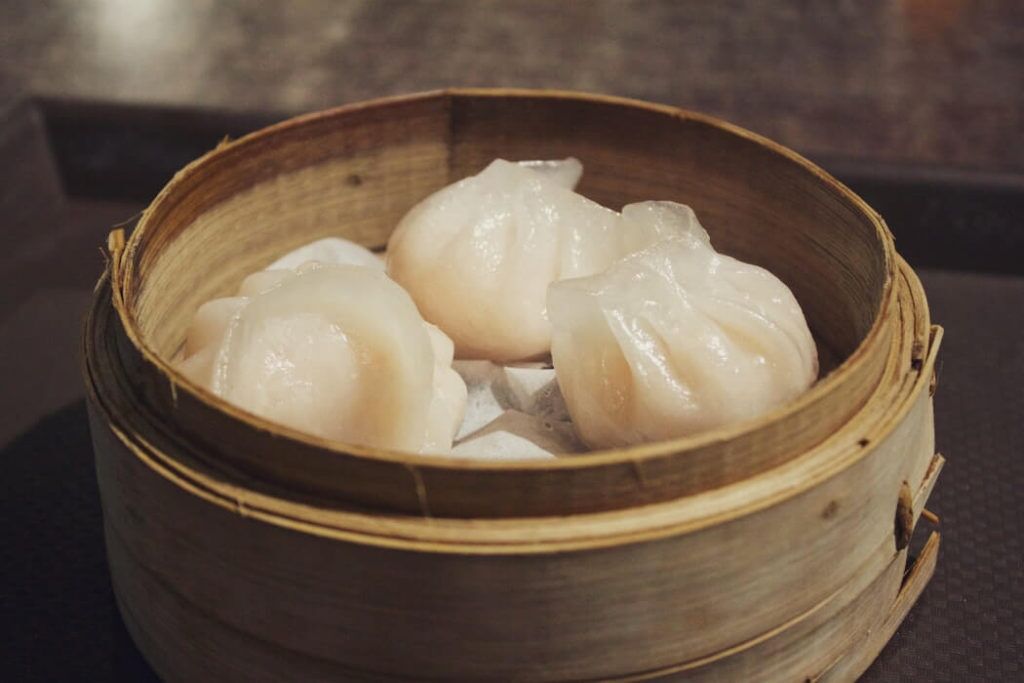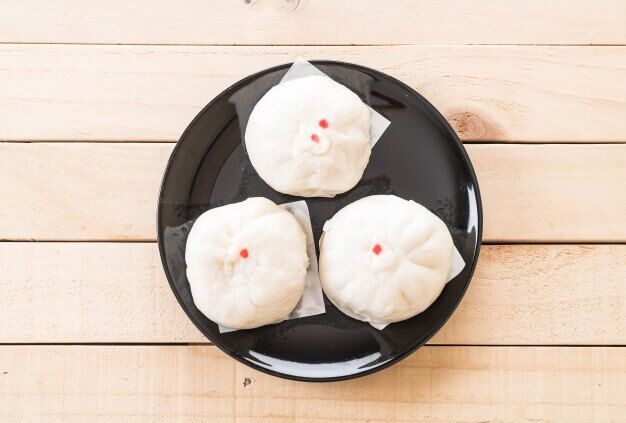A History of Hong Kong Cuisine
Spicy Adventures
Your cart is empty.
SUBTOTAL
£0.00

Spicy Adventures
The Manhattan dream rising up from the South China Sea. It can only be Hong Kong – a special city, lusted after and fought over for centuries. It’s a unique blend of western culture meeting east.
To this day, it continues to be a vast, sprawling port – a safe harbour for ships and the gateway to South East Asia. It’s a major international financial centre and economic hub. It has also, in more recent times, become a symbol of the fight against oppression and authoritarianism. Hong Kongers like their freedoms and their democracy. The rights to a different system that runs directly against the status quo of mainland China. Rights that may just be slipping away before our very eyes. ‘One country, two systems’ no more.

But that’s Hong Kong. It’s always been a flashpoint where troubles have the potential to come to a head. It’s a place that China has lusted after for so long. Whatever happens in the short term future, it is just another chapter in the story of change – something that this city has become so accustomed to. Perhaps, if there is one thing that has stayed the same as always, it is its unbreakable bond to food and spice.
With roughly 7.4 million inhabitants from a variety of different backgrounds, it is one of the most densely populated areas in the world. Naturally, this combination of many people and (like any great port city) the constant comings and goings of trade from around the world, has built the city a fine culinary reputation. The key to visiting Hong Kong is in its food.
Again, just like many of the other great port cities around the world, it’s the British Empire that had a hand (many, actually), in founding it. As cunning as always, The British, headed and represented primarily by the East India Trading Company, were looking for ways to expand their Empire and establish new trading outposts.
In the 18th century, demand for Chinese goods such as silk, porcelain, tea and spices had created an imbalance of trade between Britain and China. Silver flowed into China freely. In order to reverse this, the British East India Trading company grew opium in Bengal (see present-day Bangladesh) and allowed private British merchants to then sell this highly-addictive opium to Chinese smugglers who went on to illegally sell it in China. It was a conniving yet genius move. The influx of narcotics reversed the Chinese trade surplus which drained their economy of the silver and increased the number of opium addicts across the country. Chinese officials were seriously concerned.
And so, in 1839, the First Opium War began. With superior naval boats, the British Empire emerged victorious after inflicting a number of brutal defeats on the Chinese Empire and their small, inferior war junks. Gunboat diplomacy, some call it. This is a story you know perhaps all too well – it is the very foundations on which the British Empire was built.

With victory came not only new trade rights and great wealth, but Hong Kong itself. In the treaty of Nanjing, China ceded the island to the British and thus, modern-day Hong Kong was born. After the Second Opium War, Kowloon was gained and finally, in 1898, China leased the ‘New Territories’ to Britain for 99 years.
To come under control of the British was the making of this previously small, insignificant fishing town. The East India Trading Company proceeded to develop it as a vital port in their vast trading network which saw the city grow from strength to strength as the flow of cotton, silk, indigo dye, salt, saltpetre, tea, opium, spices, porcelain, immigrants and workers all entered Victoria harbour. Another name for Victoria Harbour? The Fragrant Harbour. Not hard to see why it earned this name.
To further understand what the East India Trading Company could do for a city’s development, take a look at our article exploring the history of spice in London. A very similar process took place here in Hong Kong and despite the to-and-fro nature of its autonomy (is it a British colony? Is it part of China?), it has cemented itself as one of the ‘Asian Tigers’ – a powerhouse of rapid growth and big-time player in the South East Asian economy.
Naturally, with the produce flowing through the port, Hong Kong cuisine really took off.
During the early years of colonialism, the cuisine was somewhat segregated. Western businessmen could afford to enjoy fine dining experiences throughout the city with numerous Chinese restaurants founded in the late 19th and early 20th century. These were branches of renowned Cantonese restaurants (Guangzhou Province), offering eight main courses and eight entrees – a real banquet. Think big tables and lots of silver.

Meanwhile, the poorer population of Chinese workers did not enjoy such luxury. They enjoyed simple Cantonese country fares and meat was a specialty, reserved only for occasions such as birthdays and other festivities. However, this was still tasty stuff.
Throughout this period between the late 19th and early 20th century there was a saying: ‘the food is in Canton’. It was felt that Hong Kong lagged behind and through the 1920’s, Cantonese cuisine really peaked with a lot of Hong Kong chefs spending their early formative years in this city. The cuisine was renowned for its care in presentation and brought to Hong Kong traditional dishes such as dim sum – a dish that is now synonymous with the city. These small little packages containing perhaps pork or shrimp are absolutely delicious, best eaten when dipped in vinegar or chilli flakes, served with a side of rice.

There are also the rice rolls (also known as rice noodle rolls or steamed rice rolls) – traditionally stuffed with seafood, meat and/or vegetables. After steaming, they are topped with soy sauce.
And how about the pork buns? This traditional dish is comfort food to many and it is a must-try when ordering dim sum. It is a simple recipe where shredded pork and BBQ seasoning is wrapped in a light, doughy bun that’s steamed. The best thing about these? You can have them at just about anytime during the day. Breakfast, lunch and dinner!

Hong Kong cuisine further developed and expanded in 1949 when the victory of the Chinese communists in the Chinese Civil War gave way to a huge wave of refugees flooding into Hong Kong. Many of these refugees did not speak Cantonese, originating from places such as the Yangtze River Delta. They are credited with introducing Shanghai Cuisine to Hong Kong. Meanwhile, many chefs from Canton in the Guangzhou province also fled to Hong Kong, looking to escape the communist rule of mainland China.
Studying this timeline, you begin to see how Hong Kong cuisine is like a stew. It is cooked over a long period of time with new ingredients being added in as you go. A little bit of Cantonese tradition here, a little bit of Shanghai cuisine there. A sprinkle of whatever it is that ship brought into port in 1902. It was a huge melting pot, constantly evolving.

Through the latter half of the 20th century, Guangzhou province witnessed a prolonged period of decline under communist rule and the balance of culinary power shifted. Hong Kong was now the best in the business. With its autonomy, rising prosperity had increased demand for fine dining experiences. Furthermore, Hong Kong Chinese’s horizons were expanded as they now had the means to pay their way. In these upscale restaurants, they discovered new tastes from around the world. Because Hong Kong was a city still open to the world, Japanese and South East Asian cuisine really started to influence the local food. Foreign ingredients like crayfish and asparagus brought in from Australia also featured.
All of this paved the way to Hong Kong cuisine as we know and love it today. The city is known as ‘the world’s food fair’ because there is so much variety and choice. Whether you’re eating from humble street carts or world class restaurants, there is something for everyone.


At this point, you may be asking yourself ‘wait…where exactly is the spice here?’
You wouldn’t be wrong in asking that. Across the decades, as Hong Kong cuisine has developed, there has never really been that much of a spicy element to their food. The idea of Cantonese food was always about ‘clean flavours’ and delicacy, represented well by the steamed fish and clear soups.
Writing for the South China Morning Post, Andrew Sun said ‘The fallacy of fiery heat being a vice is sometimes reinforced at family dim sum lunches. The uncle who liked to drink and bet on horses was usually also the one to keep asking for more chilli oil. No one else really touched that intimidating red lava, but he would lustily dip his dumplings into it and slather the oil on his meats.’
Hong Kongers didn’t really do spice. Until now. In classic Hong Kong fashion, things are changing. The cuisine is developing as you read this. With China opening itself back up to the world over the course of the last 30 years and perhaps worryingly for Hong Kongers, the city becoming closer with the mainland once again, spicy dishes have worked their way into the fabric of Hong Kong.


Take Golden Valley Restaurant for example. It serves up delicious dishes not just from Guangdong, but Sichuan too. When we think of Sichuan, we think Sichuan Peppers. It’s a restaurant possessing the perfect blend of the classically mild, clean-cut dishes of Hong Kong and the spicier, fiery dishes from mainland China.
Here, you can order a dumpling dish for starters, like the wonton in garlic chilli sauce. A traditional dish with a spicy kick. There’s also the fresh Sautéed green chillies, blistered in the pan to give them a light, smokey flavour before being drizzled with chilli oil and black beans and served with vinegar. Additionally, there’s the mouth-watering chicken in peanut-chilli sauce served cold, and stewed beef Sichuan spicy style.
This one restaurant is a reflection of a growing trend throughout Hong Kong. Sichuan food is on the rise and many are crediting it to the ability of the chefs to adapt to the local dishes. Everywhere you look, it’s happening.
Wang Yao Mei Guizhou Rice Noodle is a 250 sq ft hole-in-the-wall shop selling – you guessed it – rice noodles. Here, customers can create their own rice noodle dish by choosing a soup base (sour and spicy, hot and spicy, fragrant and hot) and then add a variety of ingredients on top such as shredded bamboo shoots, seaweed, potatoes, squid and beef tripe.
Owner and cook Wang Jing has observed that the most popular rice noodle topping is sauté diced chicken with chilli and pepper. She stirs her chicken with a ladle, steaming it in a deep pan that’s half filled with fiery chilli oil. The chicken is blanched before peppercorns are mixed in and then finally, the house-made chilli sauce and cooking wine. Hungry yet?
At highly-successful restaurant Hutong (opened in 2003), chef Chau Saito has given this particular rice noodle dish topping an upmarket twist – crispy softshell crab with sichuan chillies. He knew that both Hong Kongers and Westerners alike love their seafood, so he wanted to keep the basic recipe intact but experiment with seafood.
So, you see, Hong Kong has now entered a new chapter at the dinner table. Spice is taking over. Spice is the future. It’s the next step in the evolution of this city. Both politically and culinarily, there is still plenty left to be written about this Manhattan dream rising up from the South China Sea.

Understanding Spices
Spices have long been integral to the UK's culinary landscape, adding depth, flavours, and richness to a myriad of dishes. From the pungent aroma of cumin in Indian curries to...
Read MoreUnderstanding Spices
Confetti is an essential part of any wedding day. Not only is it a wonderful way to greet a newlywed couple, but it also provides some beautiful photo opportunities. The...
Read MoreSeasonal Ideas
It’s no secret that any handmade gift will always be more special than a store-bought one. Homemade food gifts are especially wonderful, a labour of love that shows someone you...
Read MoreHealth and Wellbeing
It’s no secret that winter’s cold and gloomy weather makes us crave indulgent dishes like fondue and baked goods like sticky toffee pudding and apple crumble. While Christmas is the...
Read More